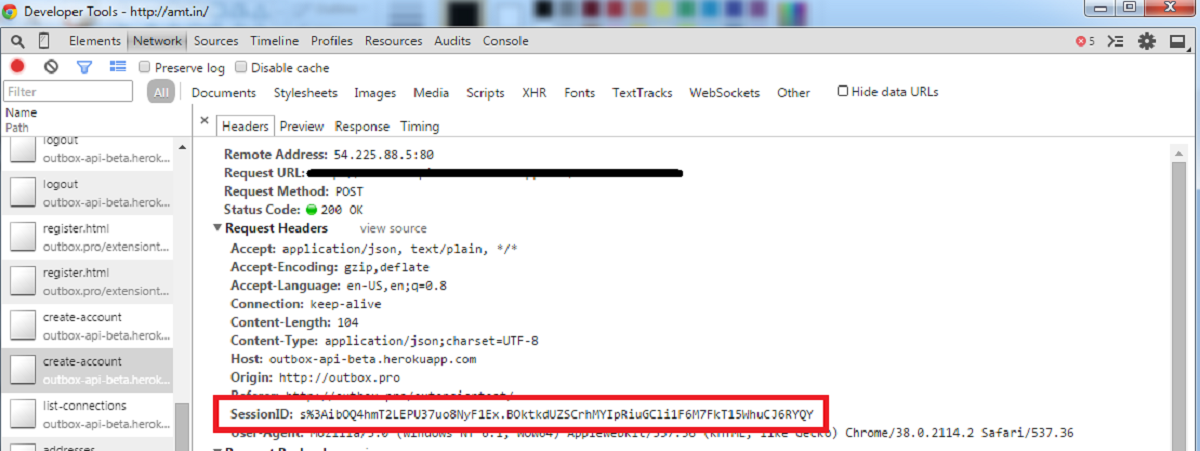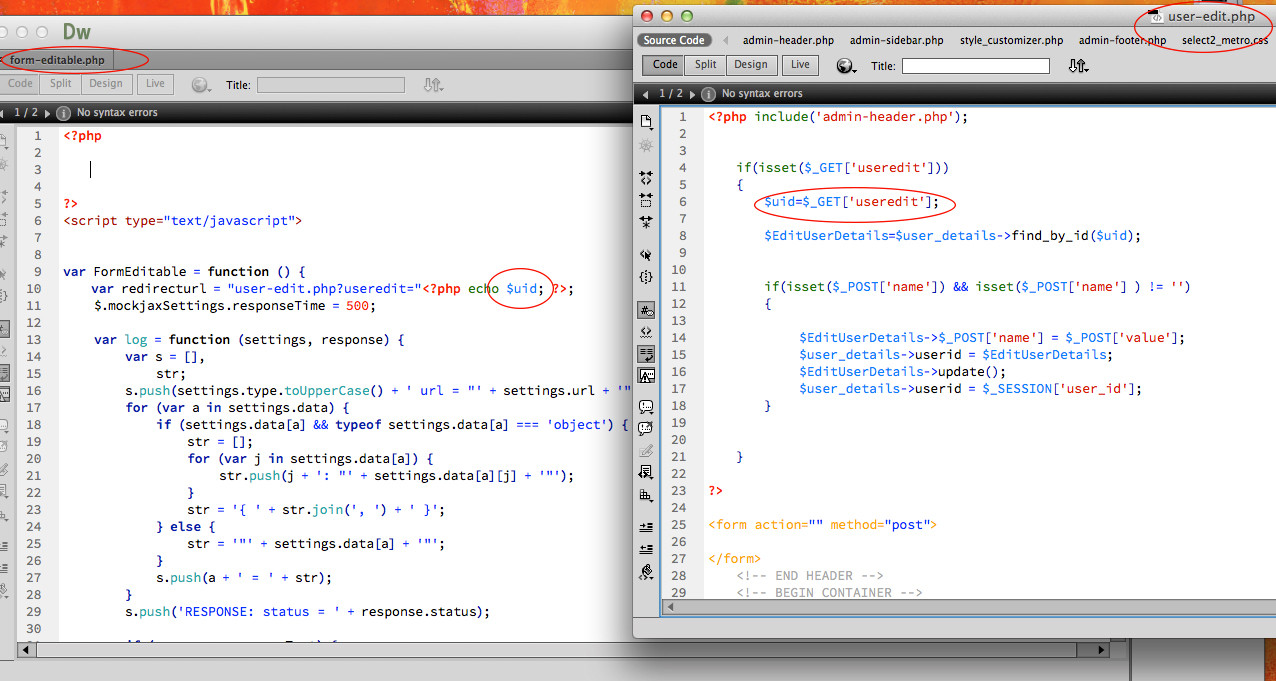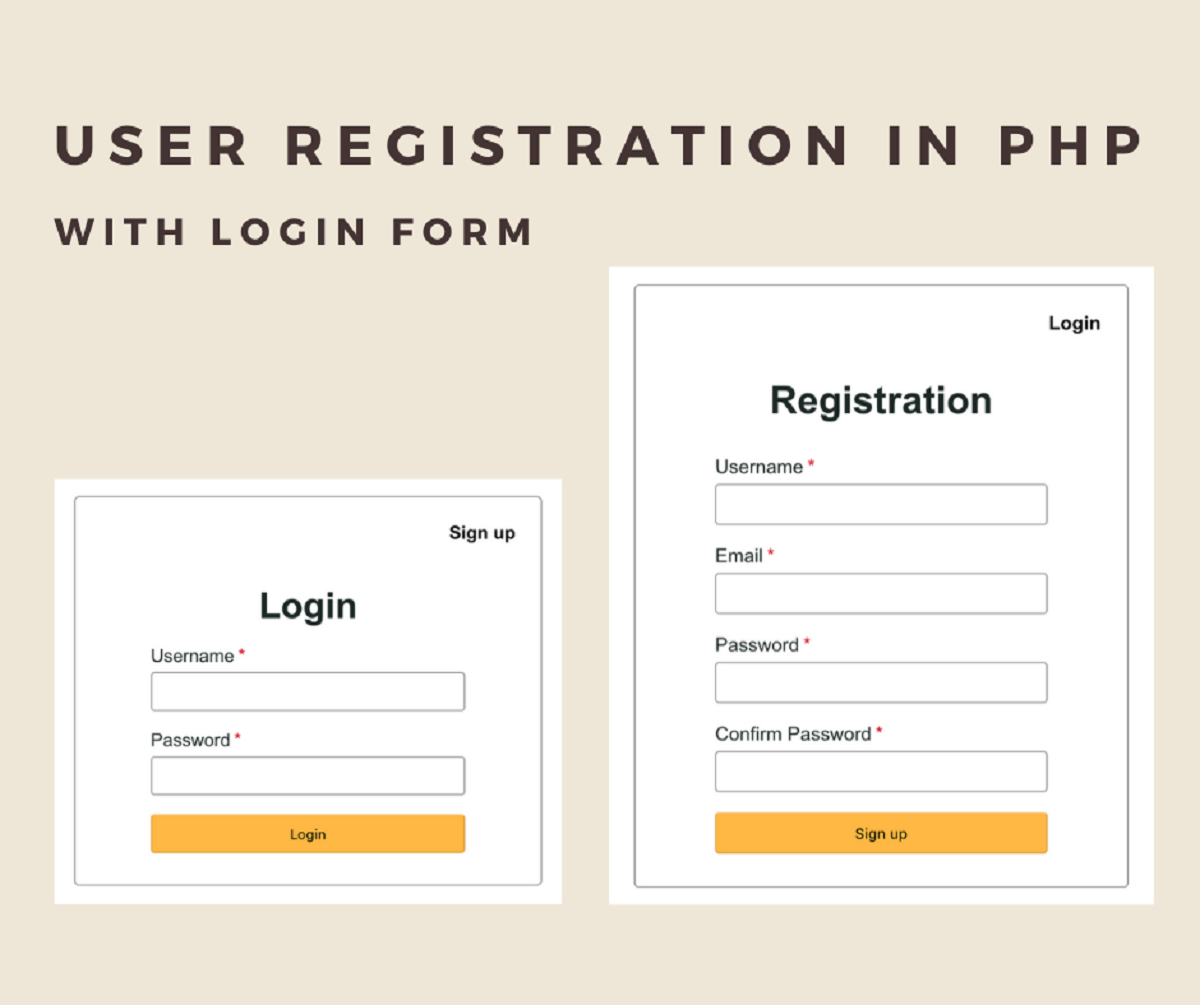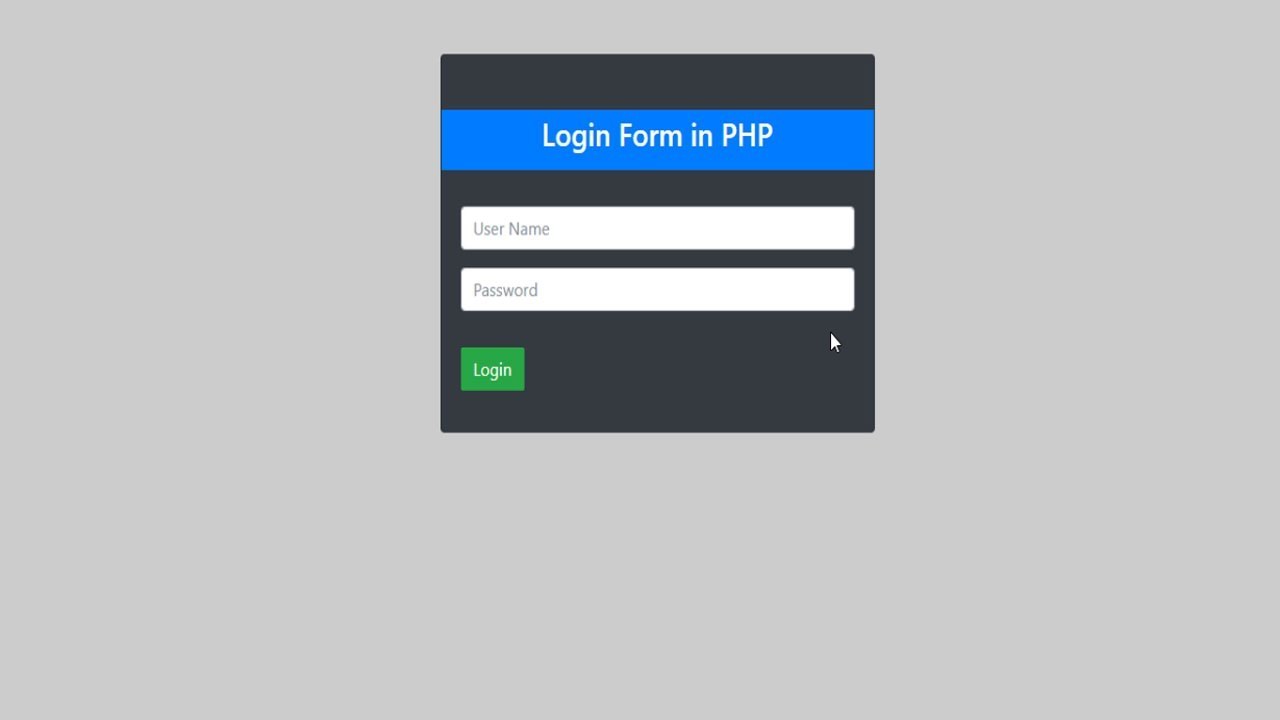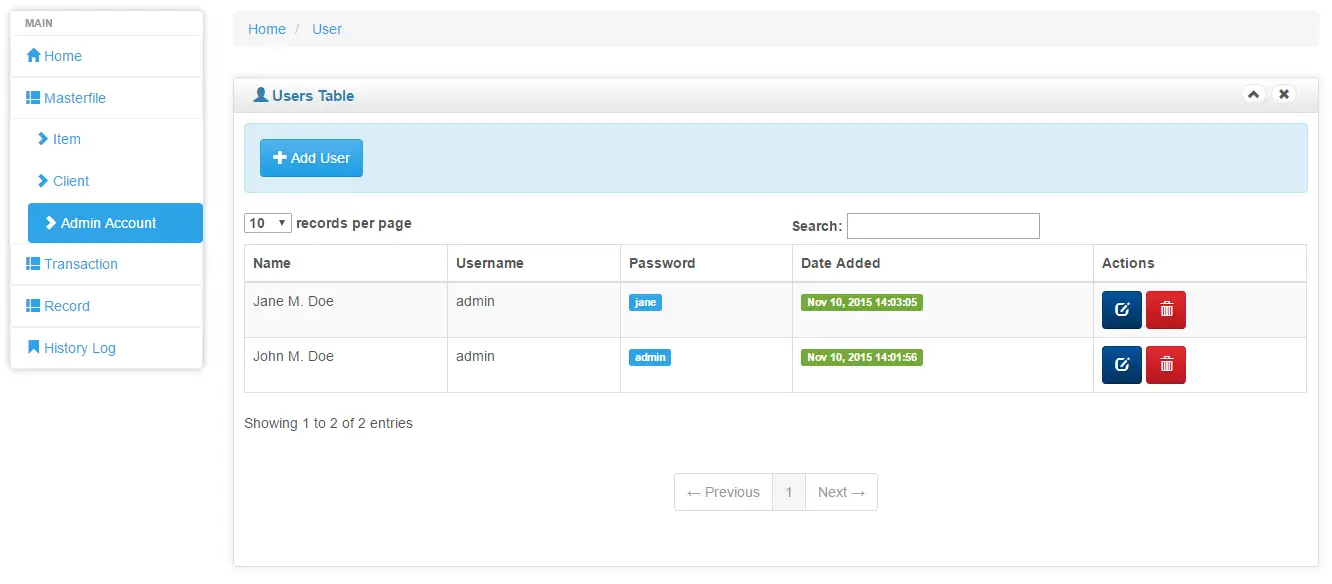Introduction
Welcome to the world of PHP, where the power of server-side scripting allows us to create dynamic and interactive web applications. As a PHP developer, you will often encounter the need to store and persist user data across multiple pages or sessions. One crucial aspect of accomplishing this is through the use of session IDs.
A session ID in PHP is a unique identifier assigned to each user session. It enables the server to keep track of the user’s data and maintain state throughout their interaction with the website or application. This session ID acts as a key that allows the server to associate the user’s data with their specific session.
Why is using session IDs important, you may ask? Well, imagine a scenario where a user logs into an e-commerce website and adds items to their shopping cart. Without a session ID, there would be no way for the server to identify and remember the user’s cart contents as they navigate through different pages. It would result in a frustrating experience for the user, as their cart would empty every time they move to a new page.
By utilizing session IDs, we can solve this problem by securely storing user-specific information on the server and associating it with the unique session ID. This allows the server to retrieve the data whenever necessary, providing a seamless and personalized browsing experience for the user.
In this article, we will explore how to generate session IDs in PHP, how to store and retrieve them, and best practices for their usage. By the end, you’ll have a solid understanding of session IDs and be able to leverage their power in your PHP applications to create dynamic and personalized user experiences.
What is a Session ID in PHP?
A session ID in PHP is a unique identifier assigned to each user session. It serves as a key that allows the server to identify and associate user-specific data with their session. When a user accesses a website or application, a new session ID is generated for that specific session.
Think of a session ID as a passport or identification card for a user’s visit to a website. It provides a means of identification and allows the server to keep track of the user’s data and retain their session state across multiple pages or interactions.
The session ID is typically stored as a cookie on the user’s device. This cookie is sent back to the server with each request, allowing the server to recognize the user and access their session data. The session ID remains active until the user ends their session by logging out or closing the browser.
While session IDs are generated and managed by PHP, they are often hidden from the user and work behind the scenes. Users are not aware of their session ID or the role it plays in their browsing experience. However, they reap the benefits of session IDs as they navigate through different pages without losing their data or having to repeatedly log in.
Session IDs are essential for various functionalities in web applications. They enable the server to store user-specific information such as preferences, shopping cart contents, and authentication details. This data can be accessed and used to personalize the user’s experience and provide a seamless flow between pages.
As developers, understanding the concept and importance of session IDs in PHP allows us to leverage their power to create dynamic and interactive web applications. In the next section, we will explore how to generate session IDs in PHP and store them for future use.
Why Use Session IDs?
Session IDs play a vital role in web development, providing numerous benefits for both users and developers. Let’s explore some of the key reasons why session IDs are widely used in PHP applications.
1. Session Management: Session IDs allow servers to manage user sessions effectively. They enable the server to identify and differentiate between various users, ensuring that each user’s data and session state are maintained separately. This is crucial for providing a personalized and secure browsing experience.
2. Data Persistence: Session IDs enable the server to store and persist user-specific data across multiple page requests. Without session IDs, the server would not be able to remember user preferences or maintain essential information, such as items added to a shopping cart. Session IDs ensure that users can navigate the website without losing their data.
3. User Authentication: Session IDs are commonly used in authentication systems to verify user identity. When a user logs in, their session ID is used to link their session to their authorized account. This allows the server to authorize subsequent requests and ensure that sensitive information is securely accessed only by authenticated users.
4. Personalization: By using session IDs, web developers can create personalized experiences for users. Session-specific data can be stored, allowing for customized content and functionality. This could include remembering language preferences, displaying personalized recommendations, or tailoring the user interface to individual preferences.
5. Security: Session IDs are essential for maintaining the security of user data. By generating unique session IDs for each user, the server can prevent unauthorized access to session data. Implementing secure session management techniques, such as session regeneration and session expiration, can further enhance security and protect against session hijacking or session fixation attacks.
Overall, session IDs provide a powerful mechanism for managing user sessions, storing user-specific data, and ensuring a personalized and secure browsing experience. By using session IDs effectively, developers can create dynamic and interactive web applications that meet user expectations and enhance data security.
Now that we understand why session IDs are crucial, let’s delve into how to generate and utilize them in PHP applications.
How to Generate a Session ID in PHP
Generating a session ID in PHP is a straightforward process that can be accomplished using built-in PHP functions and configurations. Let’s explore the steps involved in generating a session ID.
1. Enable Session Support: Before generating a session ID, make sure that session support is enabled in your PHP configuration. This can be done by setting the session.auto_start directive to 1 in your PHP.ini file or by calling the session_start() function at the beginning of your script.
2. Session ID Generation: PHP generates session IDs automatically when session support is enabled. The default session ID generation algorithm is sufficient for most applications. However, you can customize the session ID generation process by modifying the session.hash_function and session.hash_bits_per_character directives in your PHP.ini file.
3. Starting a Session: To start a session and generate a session ID, use the session_start() function. This function initiates or resumes a session and assigns a unique session ID to the user. It should be called at the beginning of each page that requires session functionality.
4. Accessing the Session ID: Once a session is started, you can access the session ID using the session_id() function. This function returns the current session ID, allowing you to use it for various purposes, such as storing the session ID in a database or passing it as a parameter in URLs.
5. Regenerating Session IDs: It’s good practice to regenerate session IDs periodically to enhance security. PHP provides the session_regenerate_id() function, which generates a new session ID while preserving the session data. This function should be called when a user’s privileges change, such as during login or logout, to prevent session fixation attacks.
By following these steps, you can easily generate session IDs in PHP and incorporate them into your web applications. Remember to start the session at the beginning of each page that requires session functionality and access the session ID whenever necessary.
In the next section, we will discuss how to store and retrieve session IDs to maintain session state across different pages and interactions.
Storing and Retrieving Session ID
Once a session ID is generated in PHP, it’s important to be able to store it and retrieve it for future use. This allows the server to maintain session state and provide a consistent experience across different pages and interactions. Let’s explore how to store and retrieve session IDs in PHP.
1. Storing Session ID: By default, PHP stores the session ID as a cookie on the user’s device. The session ID cookie is automatically sent with each request, allowing the server to associate the user’s data with their specific session. This eliminates the need for manual handling of session IDs in most cases.
2. Checking for Session ID: To verify if a session ID is present, you can use the isset() function to check the $_COOKIE superglobal. If the session ID cookie is set, it means the user has a valid session and their data can be accessed.
3. Retrieving Session ID: To retrieve the session ID in PHP, you can use the session_id() function. It returns the current session ID, which can be stored in a variable or used directly in your code for further processing.
4. Passing Session ID in URLs: In some cases, you may need to pass the session ID as a parameter in URLs. This can be achieved by appending the session ID to the URL using the session_name() and session_id() functions. However, be cautious when passing session IDs in URLs, as it can potentially expose them to security risks, such as session hijacking.
5. Storing Session ID in a Database: If you require additional control over session management, you can store the session ID in a database. This allows you to associate additional data with the session ID and perform custom session handling. To do this, you would need to override the default session handling behavior using the session_set_save_handler() function and implement your own session handling functions.
By storing and retrieving session IDs effectively, you can ensure that user sessions remain persistent and data is accessible across different pages and interactions. It’s important to note that session IDs should be handled securely to prevent unauthorized access and protect user data.
In the next section, we will discuss how to destroy a session and session ID to ensure proper session management.
Destroying a Session and Session ID
Proper session management involves destroying sessions and session IDs when they are no longer needed. This helps maintain data security, conserve server resources, and provide users with a clean and secure experience. Let’s explore how to destroy sessions and session IDs in PHP.
1. Ending a Session: To end a session and destroy its associated session ID, you can use the session_unset() and session_destroy() functions. The session_unset() function removes all session variables, while the session_destroy() function destroys the session and deletes the session ID cookie.
2. Logging out: In many cases, sessions are destroyed when a user logs out. This involves calling the session_unset() and session_destroy() functions and then redirecting the user to a logout page or the homepage.
3. Expiration and Inactivity: PHP provides configuration options to automatically destroy idle sessions or sessions that have expired. The session.gc_maxlifetime directive determines the maximum lifetime of a session, while the session.gc_probability and session.gc_divisor directives control the probability of session garbage collection. These settings help clean up inactive sessions and free up server resources.
4. Manually Destroying a Session: In certain situations, you may need to manually destroy a session and session ID. This can be achieved by calling the session_unset() and session_destroy() functions explicitly, even if the user hasn’t logged out. It’s important to note that manually destroying sessions should be handled with caution and only used when necessary.
5. Regenerating Session IDs: As mentioned earlier, regenerating session IDs periodically is a good security practice. To regenerate a session ID while preserving the session data, you can use the session_regenerate_id() function. This helps protect against session fixation attacks and enhances session security.
By destroying sessions and session IDs appropriately, you ensure that user data is properly cleared, resources are efficiently managed, and sessions remain secure. It’s important to implement proper session destruction techniques to protect user privacy and prevent unauthorized access to session data.
In the next section, we will discuss some best practices for using session IDs in PHP applications to ensure optimal performance and security.
Best Practices for Session ID Usage
When working with session IDs in PHP, it’s important to follow certain best practices to ensure optimal performance, data security, and a seamless user experience. Let’s explore some best practices for using session IDs in PHP applications.
1. Use Strong Random Session IDs: Session IDs should be random and difficult to guess to prevent session hijacking and brute force attacks. Use PHP’s built-in functions, such as random_bytes() or uniqid(), to generate strong session IDs.
2. Enable SSL/TLS: In order to protect session data during transmission, it’s important to enable SSL/TLS encryption. This ensures that session IDs and other sensitive information are securely transmitted over the network.
3. Regenerate Session IDs: To protect against session fixation attacks, regenerate session IDs during critical events such as login, logout, or privilege changes. This helps ensure that each user has a unique session ID throughout their session.
4. Implement Session Expiration: Set session expiration time to automatically invalidate sessions after a certain period of inactivity. This helps reduce the risk of unauthorized access to sessions that are left open for extended periods of time.
5. Validate and Sanitize Session Data: Always validate and sanitize user input before storing it in session variables. This helps prevent malicious code injection and ensures the integrity of session data.
6. Restrict Session Storage: Store the session data in a secure location accessible only to the server. Avoid storing sensitive data in session variables, as they can be vulnerable to attacks if compromised.
7. Destroy Sessions Properly: Always destroy sessions and session IDs when they are no longer needed. Use the session_unset() and session_destroy() functions to properly clear session data and remove the session ID cookie from the user’s device.
8. Monitor for Session Attacks: Regularly monitor logs and implement intrusion detection mechanisms to identify and respond to potential session attacks. This helps protect against unauthorized access to session data and maintain the security of user information.
By following these best practices, you can ensure that session IDs are used securely and efficiently in your PHP applications. Keep in mind that session management is a critical aspect of web development, and implementing these practices will help protect user data and maintain a positive user experience.
Now that we have explored the best practices for session ID usage, let’s summarize what we have learned in the concluding section.
Conclusion
In this article, we have delved into the world of session IDs in PHP and their significance in web development. We explored what session IDs are and why they are essential for managing user sessions and maintaining session state across multiple pages.
We discussed how to generate session IDs in PHP using built-in functions and configurations. By enabling session support and starting a session, we can effortlessly generate unique session IDs for each user. Additionally, we learned about regenerating session IDs and how to access the session ID for further processing or storage.
Storing and retrieving session IDs is crucial for maintaining session state and personalizing the user experience. By default, PHP handles storing session IDs as cookies on the user’s device, allowing the server to associate the correct session data with each user. We also explored the option of storing session IDs in a database for more advanced session management.
To ensure proper session management, we discussed the importance of destroying sessions and session IDs when they are no longer needed. We explored techniques for ending sessions, logging out users, and implementing expiration and inactivity handling. Regularly destroying and regenerating session IDs helps protect session security and prevent unauthorized access.
Lastly, we outlined best practices for session ID usage in PHP applications. These best practices include using strong random session IDs, enabling SSL/TLS encryption, validating and sanitizing session data, and monitoring for session attacks. Following these practices ensures optimal performance, data security, and a seamless user experience.
By understanding and implementing the concepts and practices covered in this article, you can harness the power of session IDs in PHP to create dynamic and personalized web applications. Session IDs play a crucial role in session management and data persistence, allowing users to navigate your website or application without losing their valuable information.
As you continue your journey in PHP development, remember to prioritize session security, regularly update your knowledge of best practices, and stay vigilant against emerging session-related threats. The effective use of session IDs will contribute to creating engaging and user-friendly experiences for your audience.







